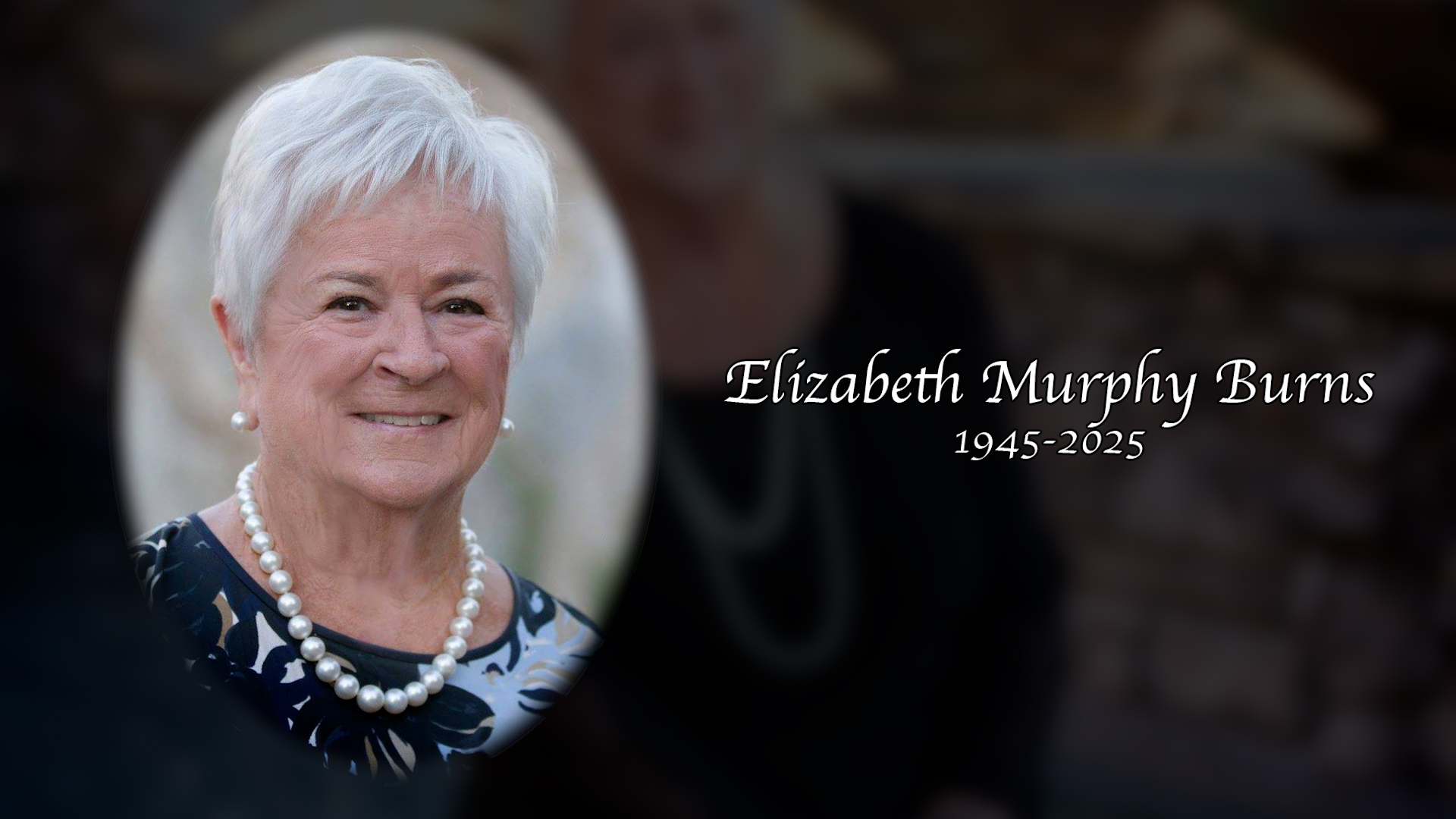FCC Considers Changing Shortwave Rules
The FCC released a Notice of Proposed Rulemaking (NPRM) to complete the domestic implementation of frequency allocation decisions made in 2003 at the World Radiocommunication Conference in Geneva (WRC-2003). The changes do not affect TV broadcasting, but changes are proposed for the high frequency (shortwave) broadcast bands. The FCC proposes to authorize single sideband (SSB) and digital transmissions in the bands between 5900-26100 KHz that are allocated to the high frequency broadcast (HFBC) service. Shortwave broadcasters would be able to continue to transmit conventional analog DSB (double sideband) signals if they desired. The FCC requested comment on whether use of Digital Radio Mondiale (DRM) should be required for digital transmissions. The FCC noted that this is currently the only ITU-recommended digital standard for use in the shortwave bands and standards are often useful in mass media services such as broadcasting. The NPRM also proposes allowing lower minimum power for SSB and digital transmission than the 50 kW carrier power for conventional DSB operation.
While the FCC NPRM would allow shortwave broadcasters to continue transmitting DSB, it asked for comment on whether its rules should require "the capability to offer digital modulation in all new HFBC transmitters put into service after the effective date of the Report and Order in this proceeding."
For more information on the proposed changed for shortwave broadcasting and other frequencies between 5900 KHz and 27.5 GHz, refer to the Notice of Proposed Rulemaking FCC 04-74.
Get the TV Tech Newsletter
The professional video industry's #1 source for news, trends and product and tech information. Sign up below.
